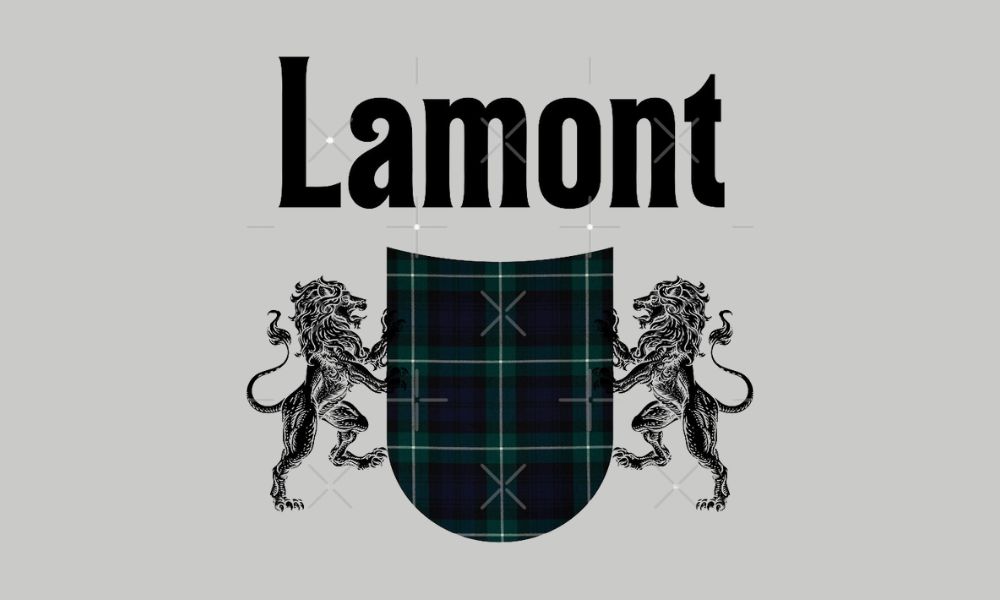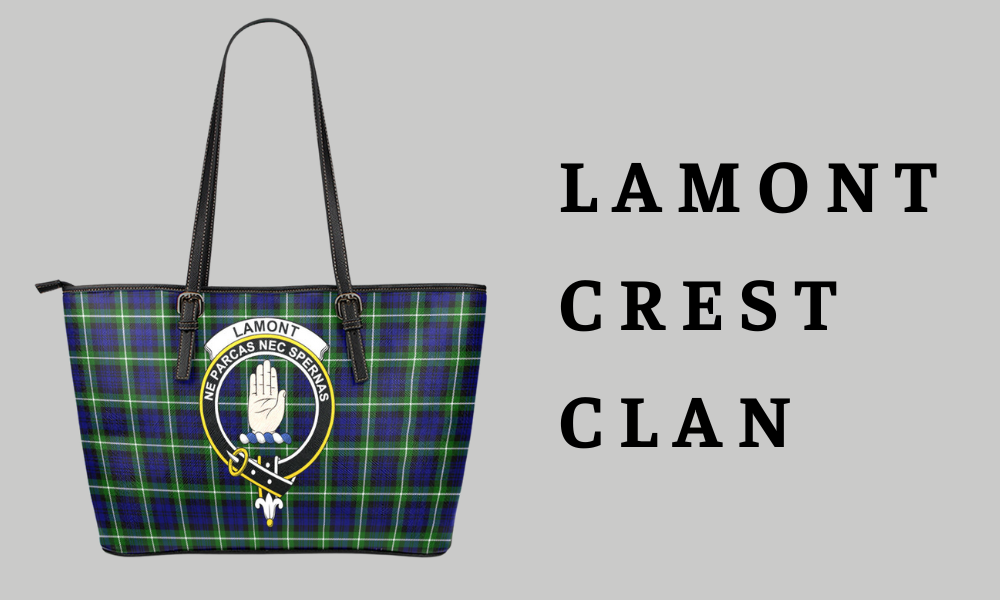Posted by Maris on 27th May 2024
Clan Lamont Through the Ages: A Saga of Resilience
Clan Lamont is a tribute to the resilient nature of the Highlands, situated amidst Scotland's magnificent glens and high hills. The clan's rich past is entwined throughout its very being, leaving a lasting impression on Scottish folklore. The Lamont family is renowned for their intense sense of traditionalism and passionate loyalty. They have also taken part in some of the most significant occasions in Scottish history, such as the Culloden Battle.
Clan Lamont is still a thriving, close-knit group of people today, united by a strong sense of identity and a common history. The clan continues to carry on its illustrious heritage with a strong emphasis on tradition and a profound reverence for their forebears, guaranteeing that the spirit of Clan Lamont will always endure.
A Brief Overview of Clan Lamont

The Lamont Clan is a Highland Scottish clan that is thought to be descended from Niall Noigíallach, the High King of Ireland, and Ánrothán Ua Néill, an Irish prince of the O'Neill dynasty. The Clan Lamont Society was founded in 1895 to foster international friendships and preserve and enhance the Clan Lamont's written heritage. Clan MacNeil of Barra, Clan Lachlan, Clan Sweeney, and Clan Ewen of Otter are among the other clans that can trace their ancestry to Ánrothán. As such, Clan Lamont is recognized in traditional genealogy as a descendent of Conn Cétchathach.
Clan Lamont ruled over the majority of Argyll's Cowal Peninsula for generations. But after the Dunoon Massacre in 1646, when Campbell clansmen massacred about 200 Clan Lamont members, their reputation took a serious hit. Many Lamonts moved after this sad incident, especially to the Lowlands of Scotland. Lamont's descendants are dispersed over many nations, including as Britain, Australia, Canada, and other places.
The Clan Lamont's original name

The Irish kingdom of Dal Riata moved from Ulster to the southwest of Scotland in 500 AD. Oral legend states that Erc's three sons, the King of Dal Riata, headed this foray into Scottish territory. During this time, the Gaels carried the Stone of Destiny and the Coronation Stone to Argyll, and the Scottish Kingdom of Dalriada was established. Afterwards, the Coronation Stone was brought to Scone, the Southern Picts' capital, where Kenneth MacAlpine led the unification of the Picts and Scots in 844.
Anrothan O'Neill, an Irish ruler from the O'Neill family, abandoned his position of authority in Ireland to establish himself in Argyll by taking advantage of the newly acquired Scottish territory. Anrothan's illustrious lord Aodha Alainn O'Neill had three sons: Neill, Dunslebhe, and Gillachrist. Clan MacLachlan was formed by Lachlan, the son of Gillachrist, while Clan MacNeil of Barra was founded by Neill. Ewen and Fearchar, the two sons of Dunslebhe, founded Clan Ewen of Otter, while Fearchar's grandson founded Clan Lamont.
In homage of Fearchar, Clan Lamont went by MacKerracher until the thirteenth century. But in 1235, a charter signed by Sir Laumon gave Paisley Abbey land. The clan is called Lamont because Laumon is the source of the present name Lamont. "The Great MacLamont of all Cowal" (Scottish Gaelic: Mac Laomain mor Chomhail uile) was the term used to describe the early clan heads, who were descended from Laumon.
Crest and Coat of Arms of the Clan Lamont
Lamont Crest Clan

Combining these symbols on the Clan Lamont crest honors the clan's historical origins while also communicating timeless principles like preparedness, resiliency, and a link to the lush terrain of their ancient homeland. The crest is a proud symbol that embodies the history and character of Clan Lamont for many generations.
The Lamont Clan Crest is a unique design that revolves around a deft hand chopped at the wrist to represent strength, unity, and legacy. Prominently shown on the crest, the dexter hand symbolizes the clan's ancestry and unwavering adherence to its principles and customs.
It is firmly anchored in the motto "Ne parcas nec spernas" (Neither spare nor dispose), which represents the clan's unflinching determination to protect its honor and uphold its ideals without hesitation. It is accompanied by the Lamont Crest. Members of the Lamont clan use this slogan as a compass, highlighting the value of perseverance and fortitude in the face of difficulty.
Clan members are encouraged to feel proud and united by the Lamont Crest's symbolism, which serves as a reminder of their common heritage and the principles that unite them. It represents the Lamont clan's noble attitude and rich history as a symbol of authority and ancestry, fostering a sense of solidarity and pride among its members for many centuries.
Coat of Arms for Clan Lamont
With azure serving as the main background color and representing strength and loyalty, the Clan Lamont Coat of Arms is a visually arresting design. In the middle of the coat of arms is a magnificent lion rampant, painted in argent, which stands for bravery and purity. The lion rampant, with its forelegs lifted and standing tall, represents the bravery and resolve of the tribe. This striking symbol serves as a proud reminder of Clan Lamont's identity and ancestry, embodying the great legacy and tenacity of the clan.

